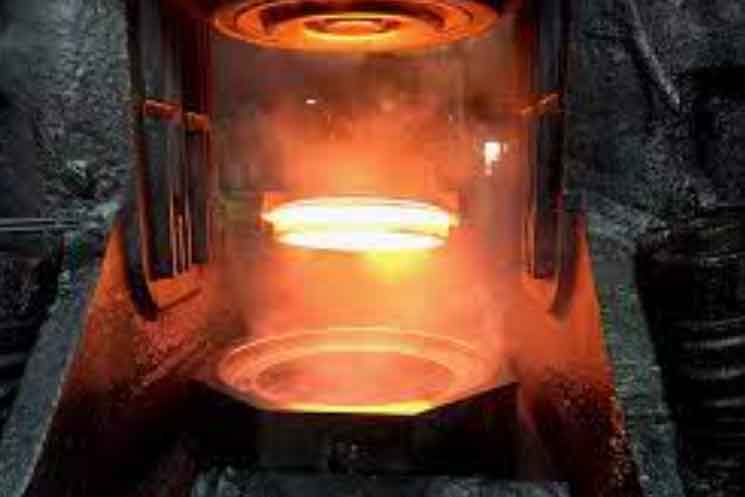
Gear forgings play a crucial role in ensuring accurate gear tooth profiles and maintaining precision in gear manufacturing. Here’s how gear forgings contribute to achieving accurate gear tooth profiles:
- Material Selection: Gear forgings are typically made from high-strength alloy steels, such as carbon steels or alloy steels like 8620 or 4340. These materials offer excellent mechanical properties, including high strength, toughness, and wear resistance. By using suitable materials, gear forgings provide a solid foundation for accurate gear tooth profiles.
- Consistency: Gear forgings are produced using closed-die forging or open-die forging processes. These forging methods allow for the precise shaping of the gear blanks. By employing consistent die designs and forging techniques, gear forgings ensure uniformity and dimensional accuracy, leading to accurate gear tooth profiles.
- Grain Flow Alignment: During the forging process, the metal grains within the gear forging align themselves with the shape of the gear. This grain flow alignment improves the mechanical properties and enhances the material’s resistance to fatigue and failure. Additionally, the controlled grain flow helps in maintaining the accuracy of gear tooth profiles by minimizing any potential distortions.
- Elimination of Defects: Gear forgings undergo thorough inspections and quality checks to identify and eliminate any defects. Common defects such as voids, inclusions, or porosity, which could adversely affect gear tooth profiles, are minimized or eliminated during the forging process. This attention to quality control ensures that the gear forging provides a clean and defect-free surface for subsequent machining operations.
- Machining Allowance: Gear forgings are intentionally produced with excess material in certain areas to allow for subsequent machining operations. This machining allowance accounts for any minor deviations from the desired gear tooth profile during the forging process. By machining the gear teeth after forging, precise tooth profiles can be achieved, ensuring accurate gear geometry.
- Heat Treatment: After forging, gear blanks typically undergo heat treatment processes such as carburizing, quenching, and tempering. These heat treatment steps further enhance the material properties, including hardness and strength. The heat treatment process is carefully controlled to maintain dimensional stability and minimize any distortion that could affect the gear tooth profiles.
- Finishing Operations: Once the heat treatment is complete, gear forgings undergo final machining operations to achieve the desired tooth profile accuracy. Processes like hobbing, shaping, or grinding are employed to remove excess material, refine tooth profiles, and ensure precise dimensions. These finishing operations contribute significantly to achieving accurate gear tooth profiles.
By integrating these steps and techniques, gear forgings provide a solid foundation for the manufacturing of gears with precise tooth profiles. The combination of high-quality materials, controlled forging processes, meticulous inspection, and subsequent machining operations ensures the production of gears that meet the required precision standards in various industrial applications.
